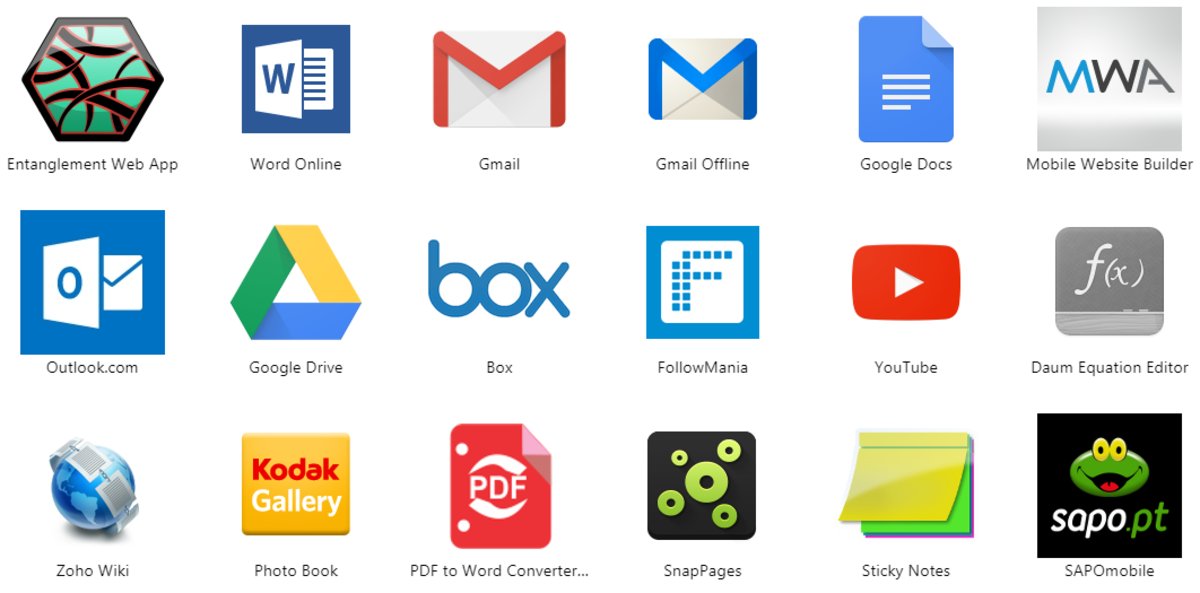The Dangers of SSL Warnings and How to Resolve Them as a Website Admin
An Overview of SSL Warnings
Common SSL errors include warnings of a security certification mismatch, security certificates aren’t issued by a trusted certificate authority and notices that the site may be a phishing scam. Warnings in web browsers like these are intended to inform users of the potential risks of using the website, while website administrators who fail to resolve these warnings create a serious risk for their business.
These warnings are taken to a new level by Google Chrome 56 and Mozilla Firefox 51. These browser versions put insecure login page warnings prominently on the top of the address bar. The SSL warnings in web browsers will only become more severe, since Google plans to eventually show a not secure warning for every page served over HTTP to force sites to migrate to HTTPS. Right now, the warnings will be prominent for every login page that isn’t already HTTPS.
Browsers will be amping up the warnings until it is almost impossible for someone to go to an unsecure site or any site that appears to be unsafe.

The Danger of SSL Warnings to Users
Users are warned away from sites with SSL warnings because their browser outright states the site may be a phishing site intended to steal your information. Other SSL warnings state that the site may intercept any data you send to the legitimate server, essentially letting you access the legitimate site but steal your credentials or financial information in the process.
Warnings in web browsers are stop signs for most users. A majority of browsers will abandon your website at the sight of these warnings, killing your site’s search engine optimization as surely as a failure to load due to a slow connection. Those few that click through will now be ambivalent to doing business with the site due to security concerns. That negative perception will only grow as the red alerts given by browsers for sites without SSL and HTTPS will become not only unavoidable but require deliberate circumvention.

The Danger of SSL Warnings to Website Administrators
SSL protects the privacy and security of your website. A large percentage of web users will refuse to buy anything from a website that isn’t secure; even websites that are protected by high level antivirus software and stringent information security guidelines will lose out on a fifth percent of potential purchases because customers prefer to buy from sites they know are safe. The ideal solution is installing SSL certificates from a reputable Certificate Authority and putting security icons near the total amount owed in the shopping cart. These security icons are separate from giving customers a variety of payment options that let them protect their financial information like Paypal or Bitcoin or letting them checkout as guest so they don’t have to register with your site.
As Google pushes everyone to a secure web by warning users about sites that are not already on HTTPS or using active SSL certificates, there is the possibility that websites will be pushed to the back pages of search results when they don’t meet security requirements just as mobile-unfriendly sites are being penalized in search engine results pages now.
How to Solve SSL Warnings on a Website
If the certificate is valid but listed as expired or not yet valid, the simplest thing to check is the server’s date and time. If this is wrong, it could cause security errors on an otherwise secure site. You should also check the certificate’s expiration date, and if it is actually expired, renew it. If necessary, generate a new SSL certificate. If the group that issued the certificate is no longer in business, buy a new one from a good SSL certifying authority.
Web browsers use a list of certificate authorities to determine which SSL certificates they will accept. Many self-signed certificates issued by the server itself will generate certificate is not trusted errors, an invalid security certificate notice or warning that the SSL certificate was not issued by a trusted provider. Website administrators can solve this problem by getting a certificate from a widely trusted certificate provider. If you have an SSL certificate from a Certificate Authority on the server, the errors could be caused by a second, self-signed certificate still on the server that needs to be removed.
These two issues are rare, but they are the simplest to solve, which is why they were mentioned first. The most common reason why websites generate a certificate not trusted error is that the certificate wasn’t installed correctly. You may need to reinstall the certificate or an intermediate certificate in the broken chain. Don’t forget to check the installation with an SSL certificate tester to verify that the chain that verifies that your SSL is secure is now complete.
Mismatch errors like “the security certificate presented by this site was issued for a different address” or “this certificate is only valid for otherdomainaddress.com” occur when the web address for the SSL certificate doesn’t exactly match the domain name in the URL bar. SSL certificate mismatch errors could generate warnings that you reached the wrong site (listing the site name versus the certificate’s site). Some browsers identify the mismatch error as a potential misconfiguration error, while most simply flag it as a threat to the user.
Self-signed certificates can cause this error, as well. In rare cases, the error is due to the domain name being misspelled in the certificate. Administrators can solve this problem by installing multi-domain certificates that work across multiple domain names or IP addresses. This is one way to prevent mobile ready websites and redirects from other domains from being killed by incorrect SSL warnings. If you set up brand new domains, the best solution to prevent errors is to buy an SSL certificate for that site.








